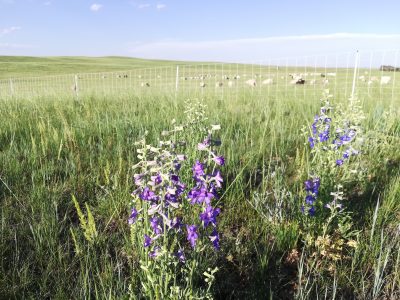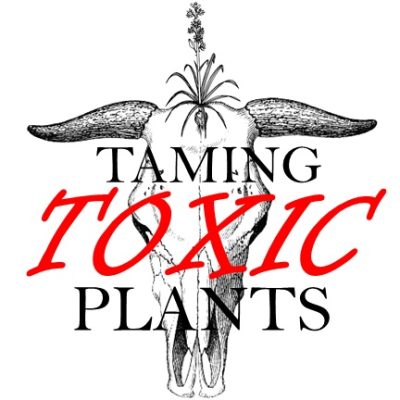For ranchers and ranch managers concerned about livestock poisonings from toxic plants, UW Extension has launched a new YouTube series titled “Taming Toxic Plants.”

In the western U.S., toxic plants are often some of the first rangeland plants to green up, says UW Extension Rangeland Management Specialist Derek Scasta.
Early in the season, livestock tend to have a higher risk of consuming toxic plants like larkspur or death camas, for instance. Sheltering under pine trees to escape inclement weather can lead to cases of pine needle abortion (PNA).
“As we head into the spring and then summer, the risk of livestock poisonings from toxic plants becomes a significant issue, and the recent heavy snow has some folks concerned,” Scasta explains.
Rather than compile a written guide, Scasta created what he hopes is a more convenient and digestible resource for producers looking to solve highly specific issues: an ongoing series of short videos targeting specific types of toxic plants and their effects on livestock.

So far, the playlist covers death camas poisoning, PNA, larkspur poisoning, grass tetany, and horse chewing disease from Yellow Starthistle and Russian Knapweed. Each video addresses what the plant looks like and where it occurs, how it affects livestock, and recommendations for prevention and treatment.
The video series will also cover common types of toxins, such as alkaloids, found in plants.
In some cases, these toxins are quick-acting and may result in death before the problem is detected or diagnosed. “Prevention is usually more realistic than treatment. Certainly, proactive awareness is going to be most effective,” Scasta notes.
He plans to continue adding videos to the series throughout the coming months. To view the current playlist, visit https://bit.ly/taming-toxic-plants or search UW Extension’s YouTube channel.
Contact Scasta at jscasta@uwyo.edu or (307) 766-2337 with questions.




